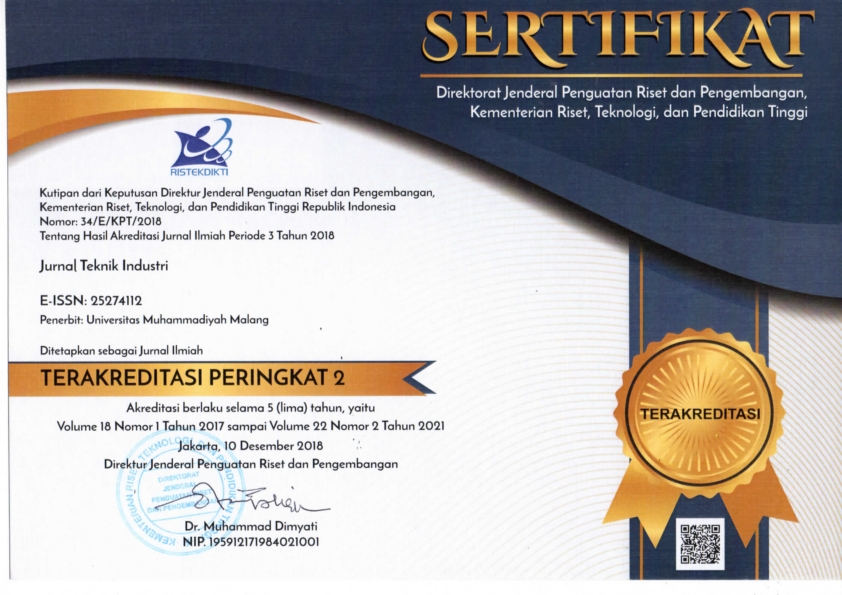Analisis Strategi Pengembangan Bisnis Ppob Kipo Menggunakan Analisis SWOT Dan QSPM
DOI:
https://doi.org/10.22219/JTIUMM.Vol15.No1.88-102Keywords:
business strategy, SWOT analysis, QSPM matrixAbstract
Paying attention to the tight competition between the company competitors, online transaction service provider (i.e. electricity, water, and telephone), this is the thing which trigers to do concern about the importance of strategy for improving competition ability of PT X. The distinguished way for improving competition ability is by directly involving internal and external factors which are related to strenght, weakness, opportunity, and threat. SWOT (Strenght-Weakness-Opportunity-Threat) analysis and QSPM (Quantitative Strategic Planning Matrix) are used in this researh to determine and select the most appropriate strategy in order to improve ability in competition. From the result of SWOT analysis, it is determined four strategies of S-O (Strenght-Opportunity), five strategies of W-O (Weakness-Opportunity), three strategies of S-T (Strength-Threat), and two strategies of W-T (Weakness-Threat). On the cartesius diagram, position of company’s competition ability is drop in W-O strategies. In accordance with QSPM matrix, the priority in selecting W-O strategies is ranked from the highest to smallest weight. The priority is respectively providing additional features of service product with weight 4.75; utilizing internet facility for promotion and marketing with weight 3,88; utilizing properly government and other companies’ network with weight 3.84; improving facility of payment point of online transaction with weight 3.77; and making a sistematic work plan with weight 3.58.











